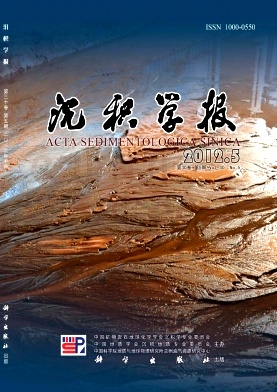Late Holocene Climate Change Revealed by the Magnetic Susceptibility of Paleoaeolian SandPaleosol Sedimentary Sequence in Yili Valley of Xinjiang
- Publish Date: 2012-10-10
-
Key words:
- paleosandpaleosol /
- magnetic susceptibility /
- late holocene /
- climatic change /
- Yili of Xinjiang /
- /
- /
- /
Abstract: By studying on correlation between magnetic susceptibility,TOC,CaCO3,Fe2O3 and grainsize component of 73 samples from the paleosandpaleosol sedimentary section of Xinjiang Takermohuer desert,according to OSL date,we discussed mechanism of magnetic susceptibility change and paleoclimate significance.The results were that:The correlation between χlf and percent content of 16~250 μm component was positive,coarse component percent content affected the change of χlf.In the section, χlf of paleosand is higher than χlf of paleosol,this characteristic is opposite to magnetic susceptibility of monsoon desert sediment in China.According to magnetic susceptibility and other paleoclimate indexes of section sediment,we divided 5 paleoclimate stages of study area from 3.71 ka BP:3.71~3.06 kaBP,the climate was cool and wet,from 3.06 kaBP to 2.78 kaBP was cold and dry,2.78~2.10 kaBP was cool wet,2.10~0.50 kaBP was cold and wet,0.50 kaBP to now was warm and dry.Climate change of research area is simliar to the other regiones during late holocene,and it was related to the temperature change events of surface seawater in north Alantic Ocean.The climate change was typical westerly climate model,warmdry or coolwet.
| Citation: | Late Holocene Climate Change Revealed by the Magnetic Susceptibility of Paleoaeolian SandPaleosol Sedimentary Sequence in Yili Valley of Xinjiang[J]. Acta Sedimentologica Sinica, 2012, 30(5): 928-936. |






 DownLoad:
DownLoad: